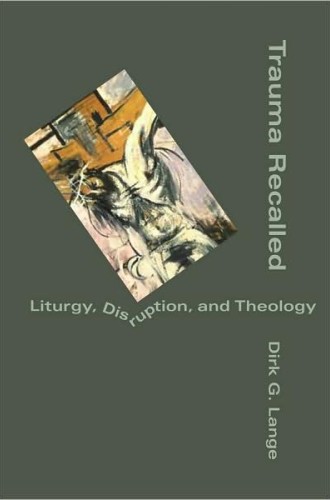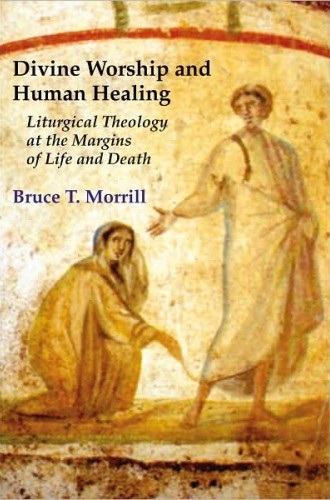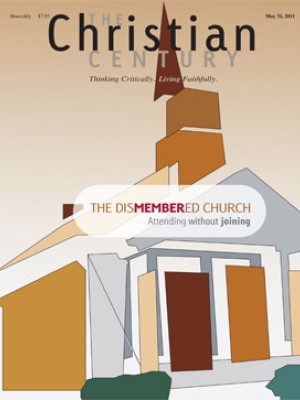Trauma Recalled, by Dirk G. Lange; Divine Worship and Human Healing, by Bruce T. Morrill
One might not expect to find so much common ground between a Lutheran and a Roman Catholic liturgist. Yet Dirk Lange and Bruce Morrill's books challenge that perception as each author strives to revise rituals and make them more meaningful for our age.
In Trauma Recalled, Lange argues that liturgy, specifically the eucharistic rite, presents both a failure of meaning and an opportunity for new meaning to emerge. An associate professor of worship at Luther Seminary, Lange draws upon an intriguing combination of thinkers to make this argument. He uses the work of trauma theorists to suggest that the crucifixion may be considered a traumatic event, which means that it lacks a cohesive, stable narrative. This is one of the most creative and fascinating parts of the book, especially for readers who look to the cross with salvation in mind. He then reinforces this argument using the writings of Martin Luther to suggest that the Eucharist disrupts—rather than provides—meaning. As a result, modern-day churchgoers and liturgists have an opportunity to participate in a search for new meanings. Lange defines these new meanings as grace.
Read our latest issue or browse back issues.
Like Lange, Morrill also seeks to reimagine the function and meaning of liturgy in light of suffering. In Divine Worship and Human Healing, the Jesuit professor of theology at Boston College considers how the anointing and funeral rites of the Catholic Church offer an opportunity for healing. Using a blend of liturgical thought, church history and contemporary experience to supply his argument, he writes that the Catholic Church needs new ways to read the Bible and understand rituals, especially those relating to sickness and death. The church is in danger of becoming irrelevant otherwise. He also cites an overemphasis upon clericalism, the sexual abuse scandals and misinterpretations of scripture as reasons why Roman Catholic pews are emptying.
Morrill provocatively argues that whereas curing involves a biological eradication of illness, healing revolves around an alleviation of psychosocial symptoms. Healing entails meaning making—finding a new understanding of how illness relates to one's identity, one's community and one's relationship to God. Morrill writes that contrary to many interpretations, the Gospels paint Jesus as primarily a healer, not a curer. He explains that Jesus helped the suffering construct meaning in situations that felt uncontrollable, though biological symptom reduction often accompanied this work. Likewise, Jesus helped those who were isolated restore their status in the community. This shifts Jesus' work from primarily the physical realm to spiritual and psychological dimensions.
Morrill suggests that the conflation of healing and curing contributes to the perceived irrelevance of the anointing and funeral rites in the Catholic Church. Seeking cures, Catholics are dismayed when the rites do not supply them. But Morrill boldly argues that neither Jesus nor the early church intended the rites as a vehicle for curing. Hence, as Lange did with the Eucharist, Morrill challenges the church to be open to new meanings in the Catholic rites for illness and death.
Both liturgical theologians seem keenly aware of their postmodern context: Morrill recognizes that postmodernity is a reason for the decline in the church's authority and, in turn, in church attendance; for Lange, the relativity of language factors into his understanding of liturgy as disruption. Furthermore, both Lange and Morrill recognize that experience and practice contribute something valuable to liturgical discussion. This makes their books not only invigorating but also inspirational—exemplars of how writers can successfully weave experience into theological writing without making it the only source of revelation.







